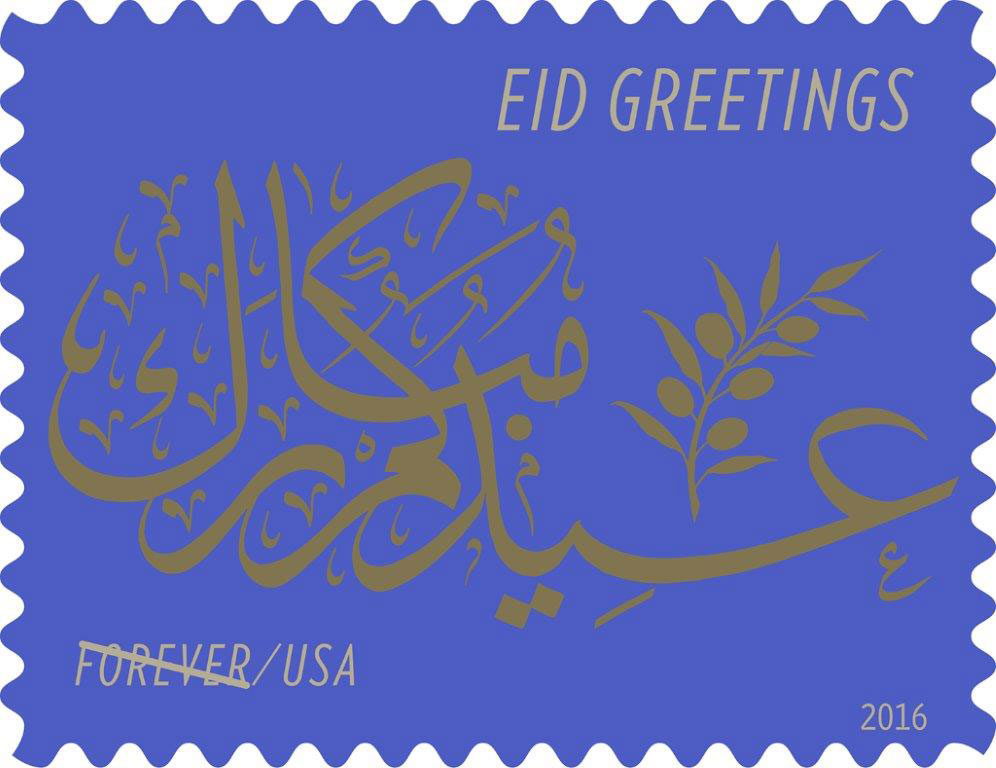Mohamed Zakariya – A 21st century Master Calligrapher
$29.95
Fons Vitae was given the opportunity to be the publisher of this ground-breaking book on Mohamed Zakariya , which beautifully introduces anyone -outside of the field -into a rare, first-hand, intimate encounter with aspects of this sublime and unparalleled craft- including some of its masters and their transmissions. We hear fascinating stories from the astounding lives of such men as Hezarfen (Master of a Thousand Arts) Ibrahim Edham Efendi, his student Necmeddin Okyay, Hezarfen Ahmet Celebi and others. We are transported into the traditional world of grinding pigments, making and marbling paper and cutting reed pens!
Lavishly illustrated, this collection of essays and images is the first to present a comprehensive overview of the life and work of Mohamed Zakariya, the most important American Islamic calligrapher, told through the words and eyes of the artist himself, scholars, students, and colleagues from the international world of Islamic calligraphy. The book examines links between the world of Ottoman calligraphy and today’s practitioners, Mohamed Zakariya’s place in a global lineage of calligraphers, and his role in shaping the next generation of artists. The reader is treated to the extraordinary and complex processes of making inks and paper.
Mohamed Zakariya: A machinist by training, American-born Mohamed Zakariya is a classically educated Islamic calligrapher who earned diplomas in three calligraphic scripts from the Research Centre for Islamic History, Art, and Culture in Istanbul. His work has been collected and displayed worldwide, including at the Museum of Islamic Art in Doha, Qatar. Zakariya designed Eid holiday stamps for the U.S. Postal Service in 2001, 2009, 2011, and 2016. He has been featured in several movies, including the 2002 PBS documentary “Muhammad: Legacy of a Prophet” and an episode of the popular NatGeo television series, The Story of God with Morgan Freeman, screened in 2017, that was seen in 171 countries and translated into 45 languages.
Nancy Micklewright writes about visual culture in the Ottoman Empire with a focus on gender, and is currently working on her new book, Dressing for the Camera, Fashion and Photography in the late Ottoman Empire. Through 2019 she was Head of Public and Scholarly Engagement at the Smithsonian’s National Museum of Asian Art. A former university professor and senior program officer at the Getty Foundation, she has a Ph.D. from the University of Pennsylvania in the History of Islamic Art and Architecture.
Events Celebrating the Book
Through June 20th – Exhibition
Living Lines, Living Legacies – an Exhibition of Calligraphy will run from April 11-June 20 at the Qatar America Institute for Culture (QAIC). One gallery is devoted to the work by Mohamed Zakariya, and another to the work of seven other calligraphers, mostly his students. In partnership with the Reed Society for the Sacred Arts
Saturday, May 7th – Symposium
A symposium was held from 10AM – 2 PM. The Islamic art curators from the Walters Art Museum in Baltimore and the Metropolitan Museum of Art, along with a local Ottoman historian will be speaking with the calligraphers about their practice, how calligraphy is supported and collected today, and other topics. The symposium will be recorded and posted online later. WATCH the SYMPOSIUM HERE.
- Paperback
- 9781941610916
- 184




















